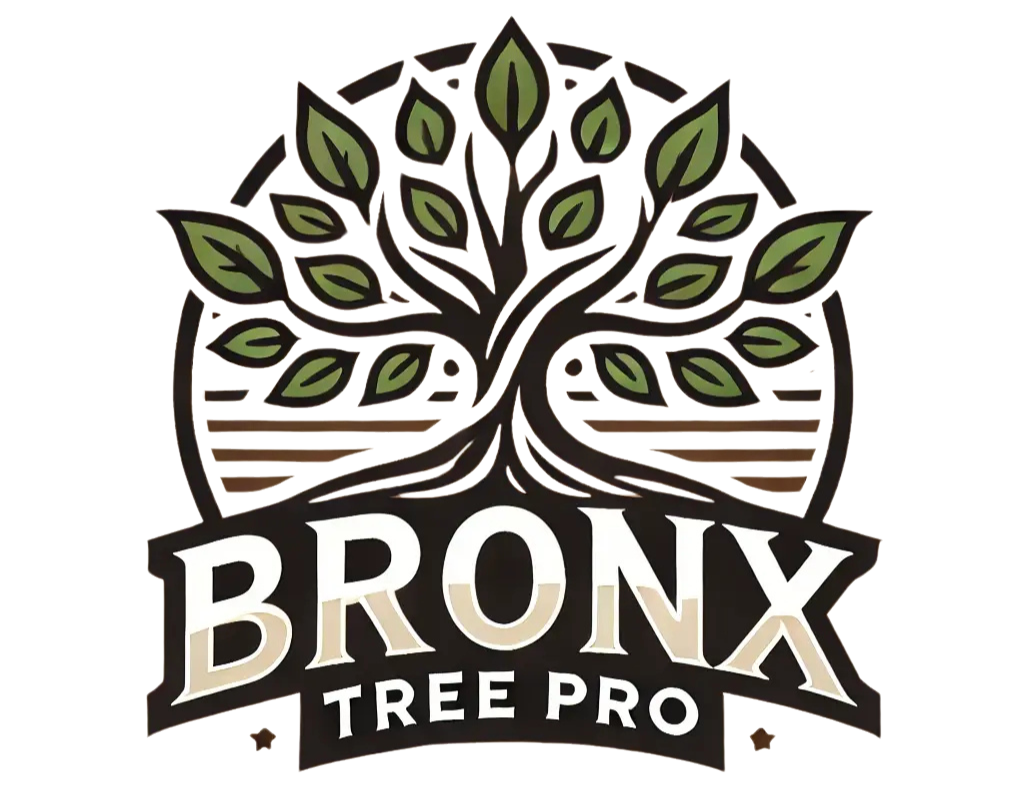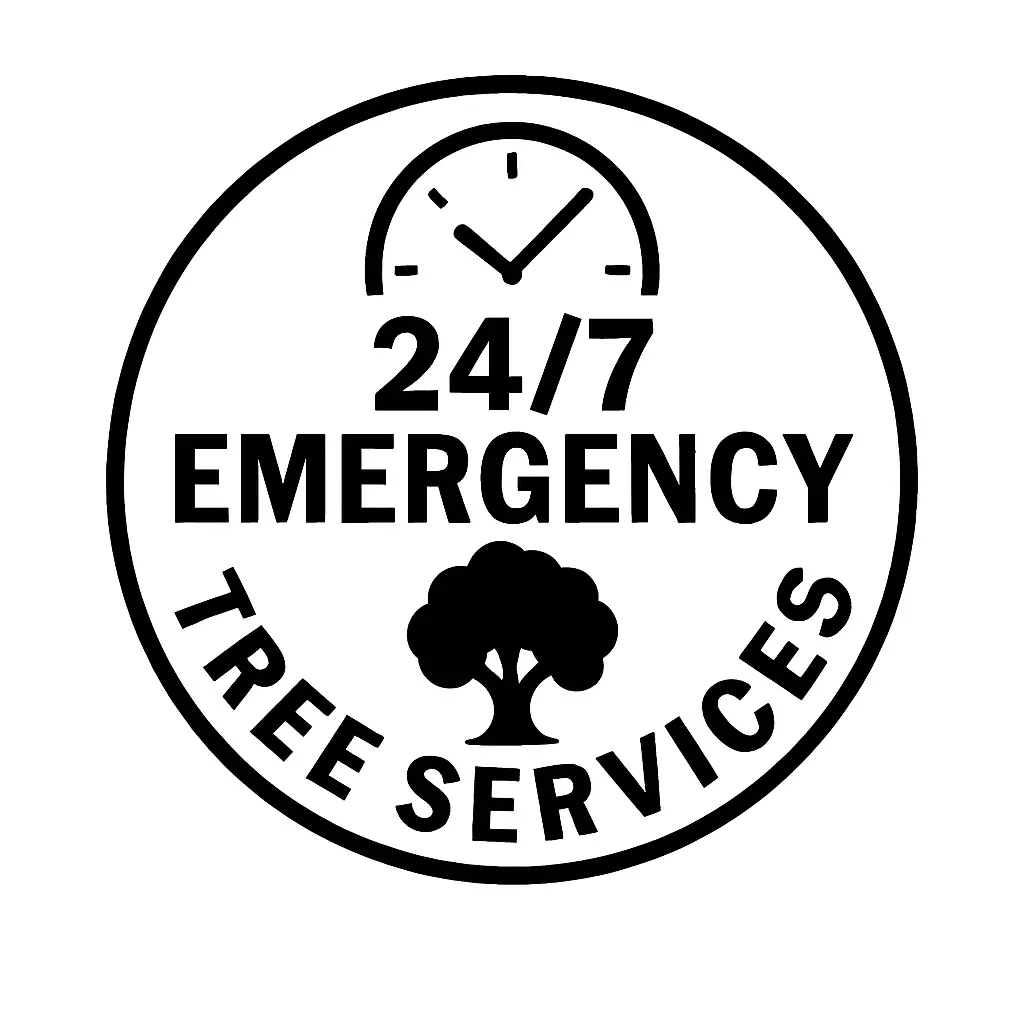
When you remove a tree, you are not just getting rid of the trunk, but you are also leaving behind a giant mess where grass refuses to grow. Why so? The leftover roots, debris, and damaged soil make your yard feel like a construction zone instead of a lawn. But don’t worry. This guide will show you exactly how to grow grass after tree removal, even if your yard looks like a crater right now. You will get to learn how to fix the soil, pick the right grass, and get lush green results.
Why It’s Hard to Grow Grass After Tree Removal
When a tree is removed, the job isn’t over. The soil is still damaged, and roots still snake beneath the surface, stealing nutrients. Often, there are leftover wood chips from stump grinding. These chips can steal nitrogen from your soil while they break down and turn your soil acidic, thereby making your grass starve. Worse, the area may have too much shade for most grass types.This makes it nearly impossible for seeds to germinate or for grass roots to dig down deep
If your tree was there for years, the soil underneath is probably as hard as concrete from all that pressure. That is why your grass isn’t growing. So you have got to rebuild the soil from scratch. Let’s learn how to do that.
PART 1: Post-Tree Removal Cleanup and Preparation
Before planting anything, you have some serious cleanup to do. Rake out all the wood chips left from stump grinding and shovel out any remaining mulch or sawdust. Further, you can mix compost into the topsoil for a nitrogen boost. To remove fine debris, use a leaf blower or shop vac. If your area has sunken from grinding, level it up. Clear everything down to the bare dirt so that nothing hinders the growth of grass.
Fixing Soil Compaction Where the Tree Was
Trees have thick, heavy roots that press down on the soil over time. This leads to hard, compacted dirt. Fix it like this:
- Use a core aerator (or a manual one) to poke deep holes in the ground
- Mix in fresh compost or topsoil to loosen the area
- Use a rototiller if the soil is really bad
This will loosen up the soil, allowing new grass roots to dig deep.
Removing Tree Roots Before Planting Grass
Even after a tree is cut down, its roots can stick around for years. Some will rot naturally, but others keep growing and mess with your grass. Your grass is going to struggle or die if you plant it over active roots.
To handle it:
- Use a shovel or mattock to expose and cut large surface roots
- For deeper roots, use saw or hire a professional.
- Remove at least 4–6 inches of root-rich soil for best results
- If the roots are too deep, let them decay naturally and wait 6–12 months before planting
Leveling and Grading the Area
After stump grinding or root removal, the soil is usually sunken or lumpy. You can flatten the area by using a landscape rake and
by adding fresh topsoil if the surface is too low.
If water pools in the area, your grass won’t survive. Grading is important to ensure there is a slight slope away from your house for drainage, else it can come toward your home foundation.
Soil Testing After Tree Removal
Your soil has been through a lot. Chances are, it is acidic and nutrient-deficient thanks to decomposing roots and mulch.
Test your soil by carrying out a pH soil test using a kit. The ideal pH for grass is 6.0–7.0. Add lime if it is too acidic and compost or nitrogen fertilizer if it’s lacking nutrients
Part 2: Planting New Grass
Choosing the Right Grass Type
Not all grass is created equal especially after a tree has been removed. You have got to pick a type that fits your climate, sun exposure and the condition of your soil. Check out these grass types:
| Grass Type | Best For | Shade Tolerance | Cool/Warm Season |
| Tall Fescue | Drought-prone areas | High | Cool |
| Kentucky Bluegrass | Cold climates | Medium | Cool |
| Ryegrass | Quick results | Low | Cool |
| Bermuda | Sunny, southern yards | Low | Warm |
| Zoysia | Heat + drought | Medium | Warm |
If the tree is used to block sun, go with something that can handle a bit of shade, like fescue.
Prepping the Area for Seeding
Before you throw grass seed everywhere like a maniac, prep the area properly .Otherwise, the seeds just sit there and laugh at you.
The goal is to make the seed touch the soil so rake the soil to loosen the top 1–2 inches and breaks up the clumps. Remove any rocks and sticks that can mess with the seed contact
and add starter fertilizer to jumpstart growth
How to Spread Grass Seed After Tree Removal
Ready to plant? Let’s do this the right way.
1. Measure the Area
You don’t want to under-seed or over-seed. Follow the bag instructions. Usually about 5–10 pounds per 1,000 sq ft, depending on seed type.
2. Use the Right Spreader
For small patches, use a hand spreader, and if you have larger lawns, use a broadcast or drop spreader. Even coverage is key.
3. Lightly Cover Seeds
Use a light layer of topsoil, peat moss, or straw to hold moisture and stop birds from stealing your grass babies, but don’t bury too deep. Grass seed likes to be shallow, just barely covered.
Watering the New Grass
Water is where most people mess up. Too much can cause rot. Too little can make seeds die. The golden rule is to water once or twice a day for the first two weeks. Keep the soil constantly moist. After two weeks, water every 1–2 days and let the soil dry. Then, after 1 month, water deeply to help roots grow grass deeper. By sticking to this routine, you can avoid patchy, crispy grass that ghosts you in 3 weeks.
Using Sod Instead of Grass Seed
Sod are rolls of pre-grown grass that get installed instantly.
Pros:
- Instant green lawn
- Less weed competition
- No waiting weeks for the seed to sprout
Cons:
- Way more expensive
- Must be installed immediately after delivery
- Needs more water up front
Prep the soil the same way as for seed.
Lay the sod like bricks, not straight rows. Then stomp it down and water it.
Long-Term Grass Maintenance
Keep your grass looking fresh long-term by following these maintenance tips!
- Don’t mow until grass is 3–4 inches tall and never cut more than 1/3 of the height
- Use the first fertilizer 6–8 weeks after planting and in a balanced ratio.
- Fungal issues are common if you overwater. Use a fungicide if brown patches appear
- Keep your lawn aerated.
- Reseed bare patches every fall.
- Water deeply, but not daily.
Final Thoughts
Congratulations! You have officially mastered how to grow grass after tree removal. Prepare the area first before you begin planting, and choose the right grass for your sun and climate. Seed it right, water it smart, and treat it like a baby for the first month. Seeking a professional to help you out with choosing and planting the best grass for your landscapes? Hire our arborists at Bronx Tree Pro to transform your yard full of lovely and sparkling greens. Whether you go with seed or sod, we make your lawn thrive from bald to beautiful.



